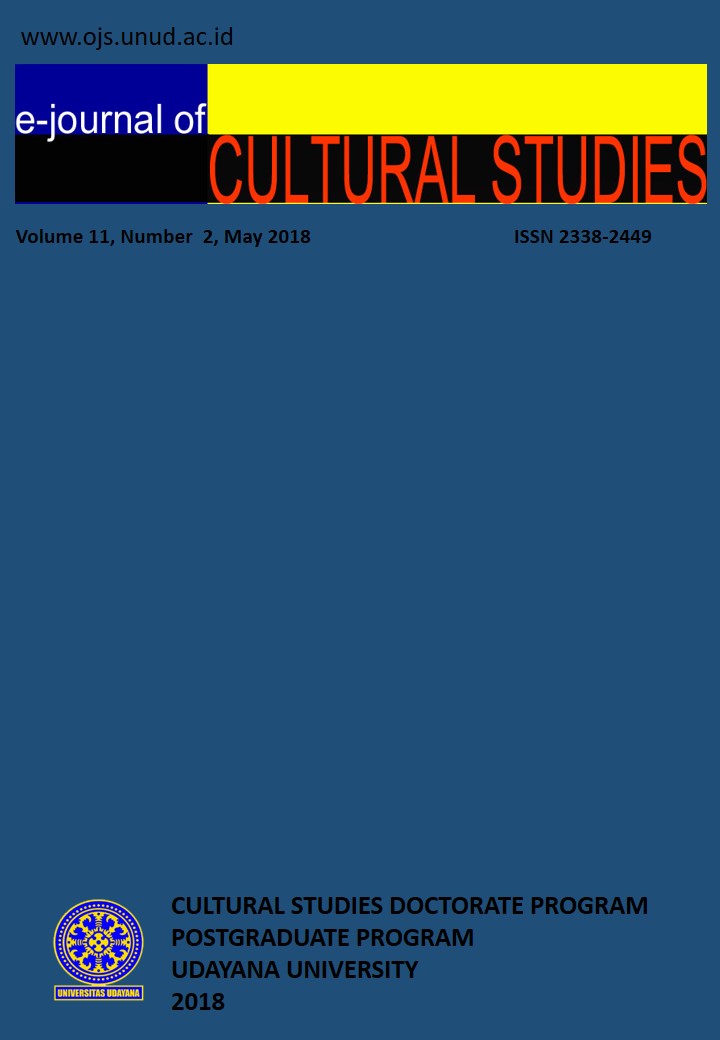TRANSFORMATION OF DOL MUSIC IN THE MUSICALITY OF TABOT RITUAL, BENGKULU CITY
Abstract
Originally, Dol music was used as means of religious musicality to spread Moslem religion in Bengkulu. As time goes by, through the process of acculturation and assimilation, Dol music becomes a sacred musicality to accompany the ritual procession of Tabot, Sipai tribe (Tabot family) in Bengkulu city. Globalization and the interference of power bring the change complexity of Dol musicality as Tabot ritual music in the socio-culture of Bengkulu society. The aim of this research is to understand and explain the occurrence of Dol music transformation and its implication to the socio-cultural system in Bengkulu society. The approach implemented is cultural studies with qualitative analysis technique. It is applied critical and popular culture theories to uncover the focus of the problem in this study.
The result shows that Dol music undergoes musical transformation as Tabot ritual music into a secular and profane music, resulting in the expansion of function and form. Therefore, Dol music is legitimized into traditional music icon of Bengkulu, in a wider and freer scale, shifting the Tabot’s popularity and sacred rituals as the “Heritage of the World in The Trust” of Bengkulu’s folk art culture. This has implications for all socio-cultural joints of the people in Bengkulu city, triggering a qualitative change in socio-cultural evolution to the form of divergence. It means that Dol music was originally a sacred/ religious music tradition, developed following the increasingly complex transformation as a mass culture in Bengkulu.







